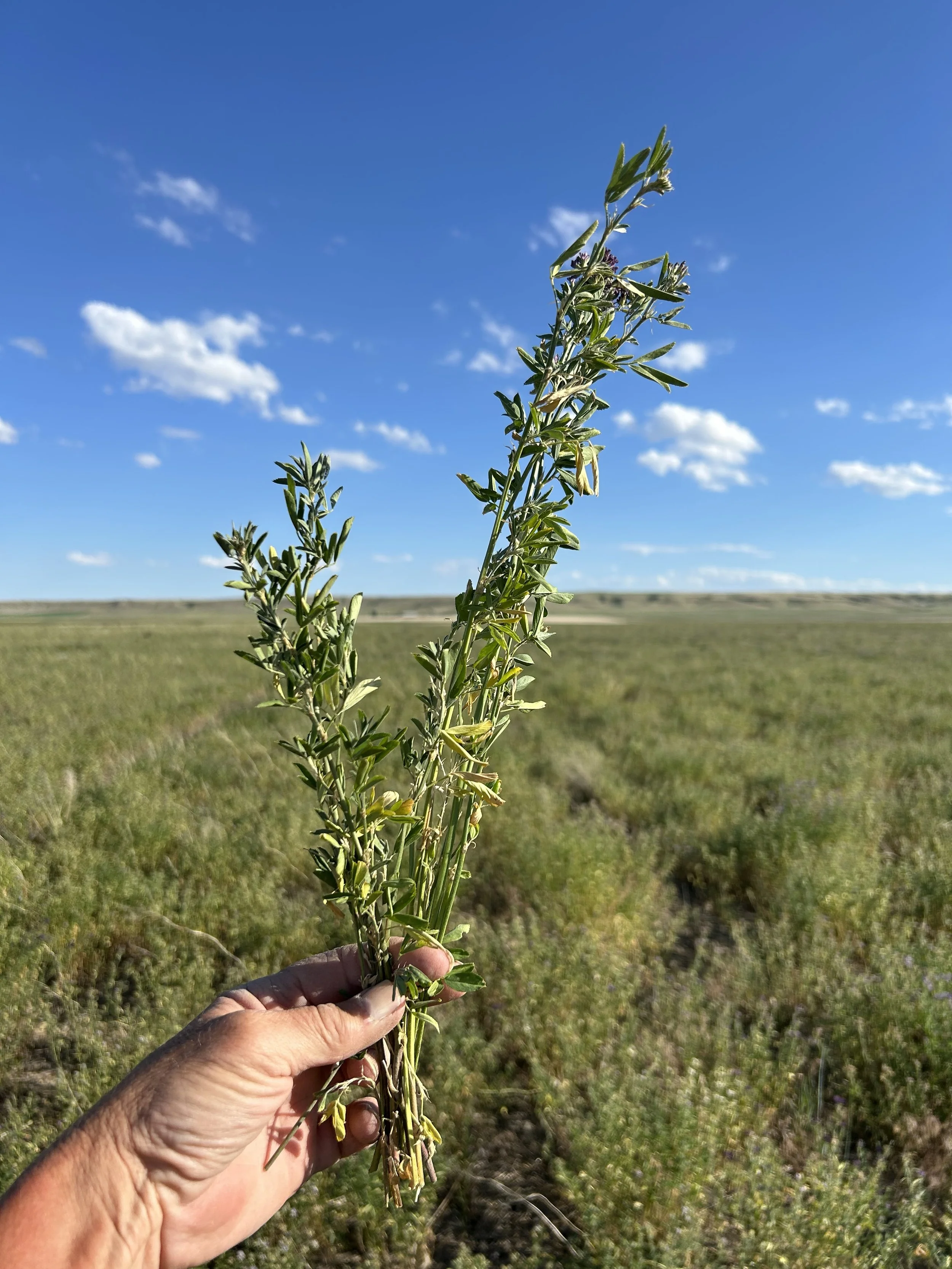Drought in Our Schools
I bring a different perspective to the Montana Board of Public Education.
The other board members don’t see the clear parallels between ranching and education.
At the moment, Montana ranches and public schools both are suffering from droughts.
Some ranchers are digging deeper to address the root causes of minimal forage growth.
Meanwhile, most Montana education agencies are only reacting to the crisis of the education system’s failures without addressing the root causes.
North-central Montana is experiencing the fifth consecutive year of extremely dry conditions.
I wonder how long we will call it a drought before these conditions become our normal, expected weather pattern.
During the 19 years I’ve owned this ranch, drought has attacked – and some days it truly feels like an orchestrated attack – this place three times for a year or two.
Leftover grass, selling a few more cull cows and some purchased hay carried us through the immediate crisis of the dry years, but I knew I needed to concentrate on the root of the problem and build water holding capacity.
It takes time to build healthy soils that host thriving microbes, profit from high organic matter and hold a lot of water.
I ran out of time by 2021 when this drought hit.
My soil held more moisture than before so I had enough grass for one dry year, but I was behind the 8-ball if dry conditions lasted longer.
By 2022, some cross-fenced pastures provided more forage for my sheep and cattle.
Then I watched hordes of grasshoppers devour the grass I had saved.
With every step, a cloud of dust that could have been growing grass coated my jeans instead.
I struggled to simultaneously react to the crisis while revamping my entire ranch production system.
Three years later, I have a long way to go, but my land is healthier.
I have grass, even though it’s so brittle that it rattles in the wind.
Schools in Montana have been in a drought for years, too.
A little more than half of high school grads are proficient in reading while not quite a third are proficient in math and science.
Most of our high school graduates don’t have the fundamental skills to succeed.
Failure starts early.
Of the 626 elementary and middle schools, 66 had less than 10% of their students reading proficiently and 99 had less than 10% of their students proficient in math.
Of the 171 high schools in Montana, 23 had less than 10% proficiency in reading and 62 had less than 10% proficiency in math.
Failure isn’t just a Montana problem.
Montana schools beat the national average. Nationwide in 2019, 37% of graduates were proficient in reading and 24% of graduates were proficient in math.
Our system of education is failing our kids.
This is unacceptable.
For far too many years, we have reacted to the crisis of education’s failure with desperate, quick fixes -- improvement plans, more testing and money.
Our kids can’t read so we sell a few cows.
But the entire system needs to change.
We know the root cause of why kids aren’t learning – if they even go to school, often they don’t engage.
Our crime against our kids is that we separate academics from societal issues so we prevent ourselves from addressing the root cause of the drought.
Just as ranchers build water holding capacity in soil, we will build capacity to learn when we finally focus on each individual, provide what that each student needs – maybe as much as food, a bed or a hug, certainly targeted learning strategies, students’ vested interest and hope.
Montana schools can learn from resilient ranches.
We better start now.
